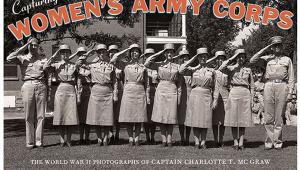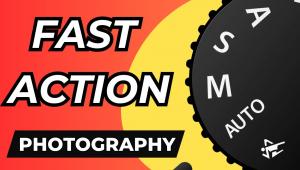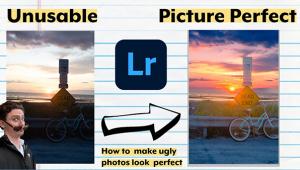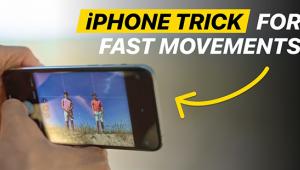Photographer’s Survival Manual; A Legal Guide For Artists In The Digital Age
The following is a brief excerpt from Photographer’s Survival Manual: A Legal Guide for Artists in the Digital Age. While it’s great to spend all your time making great images, the reality of the photo business and the legal aspects of the trade are an essential part of the knowledge required to succeed. Written by experienced photo pro Jack Reznicki and trial lawyer and member of the NY Bar Ed Greenberg, I consider this book essential reading for anyone who wants to sell their images and make money with their camera. It’s also one of the most reader-friendly books on the subject I know. Published by Lark Photography (ISBN: 978-1-600594-20-5) in 2010, it’s available at Barnes & Noble (BN.com) and wherever books are sold.—Editor
 Release Me!
Release Me!
Ad agencies, clients, and others who use your images and who write your name on the “pay to the order of” line of their checks insist upon releases. Their insistence is cultivated by many well-paid lawyers who spend many billable hours protecting their clients (and their own jobs). They insist upon these releases for good reasons. When attorneys agree on anything there is probably something to it. There is no reason to ponder the musings, thoughts, or comments of bloggers and fellow photographers who are simply not lawyers. They come up with all sorts of reasons, explanations, and dances as to why you don’t really need releases. They are not correct. You want to focus on taking pictures and making a living. Your business health should not be dependant on urban legends and myths.
What Are The Odds?
Once upon a time, a young Kenyan woman was employed in a major Kenyan restaurant. A high-end fashion photo crew came into the restaurant prior to embarking on a weeklong location shoot. The photographer loved the young Kenyan’s food and invited her along to cook for the crew during their shoot. Over the next few years she went on to accompany various crews on several photo shoots, and even became a prop stylist, as she was familiar with local garb and customs.
Several years after her last shoot, she found herself newly married and living in New York City. One day she went to Bloomingdale’s, where she saw her own image on an expensive fragrance label. She bought the fragrance, took it home, and proudly showed it to her husband—who happened to be a prominent employee of a large advertising agency. Her husband called an attorney—Ed.
Ed wrote one of his famous demand letters and had it hand-delivered to the photographer who had taken the image and licensed it without a proper model release.
The photographer had made a big mistake, and he knew it. He called Ed and confessed, “I’m a jerk, I know better.”
“So why didn’t you get a release?”
Ed inquired.
His answer: “What were the odds of a Kenyan cook, in the middle of the African jungle, coming to New York, marrying someone in advertising, and then walking into the one and only store in the entire United States of America that sold the product?” We have no idea what the odds were and frankly my dear, we don’t give a damn. What we do know is that a very substantial settlement was paid to the young lady from Kenya.
It really doesn’t matter what the odds are; with a signed release in hand, you’re protected. Without a release, the odds shift and you may well find yourself putting everything you own at risk. “Signed” is the key word here. A verbal okay to use a person’s likeness in your photo is an invitation for problems in the future. Who said what, to whom, when, and where can always serve as fodder for lawsuits. It’s easy to dispute an (alleged) oral agreement—ask anybody who is married or has a child; it quickly becomes a he said-she said situation. But it’s hard to deny the contents of a written and signed release. So always get one.
Model Release Fine Print
The specific requirements for model releases vary from state to state, so to be absolutely safe you should consult a lawyer on your particular state’s statute. Note that some states have statutes containing very specific, unambiguous language that can be easily understood by anyone; New York is one example. Since most published works, magazines, and ads appear in the state of New York at one time or another, many clients require that your model release satisfy New York law. No matter where the image was taken, retouched, or printed, if the image is shown in NY, it needs to satisfy the crystal clear NY statutes. What matters is where it appears, not necessarily where the image was shot.
Generally speaking, you are required to obtain the written permission of a subject for his or her inclusion in any image used for advertising, promotional, or trade purposes—regardless of whether the photo is used by a for-profit or not-for-profit entity. In this respect, a photo employed in a Red Cross advertisement is no different than an ad to sell Dell computers. Images from wedding and portrait work should be released if you intend to use them on your website, in your blog, as a display in your studio, for self-promotion, or in a mailer.
Images used for editorial or certain fine art uses generally do not require a written model release. To claim editorial use, the image must be newsworthy in and of itself, and can’t be primarily used for commercial purposes. Likewise, don’t assume you can call your image a work of “fine art” and thus avoid the need to have a model release. In the event your subject objects to such use, a court may closely—and we mean closely—scrutinize your fine art credentials. You may need to demonstrate you’ve been shown regularly in art galleries and museums, if your work has been “collected,” and if the subject work has been produced in limited numbers. You can’t suddenly deem your own work “fine art” for the sole purpose of avoiding a lawsuit.
















































